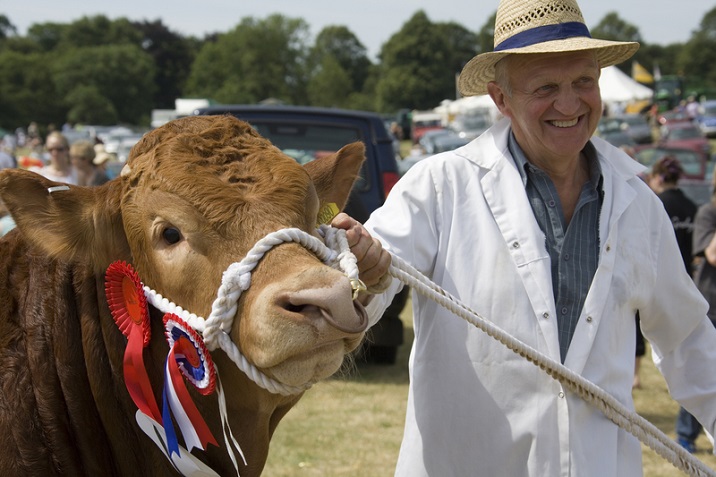
Bull Riding - Equipment
In this chapter, we will discuss about the different types of equipment that a bull rider needs.
Rider Equipment
Bull riders use quite a few equipments meant for their protection to avoid injuries and maximum safety for them and for the animal involved. The different types of equipment used by a rider are explained in the following subheads.
Bull Rope − The bull rope is considered as the primary equipment in bull riding. It is mostly tied around the bulls girth area behind its front legs. It is mostly made of Nylon, grass and a combination of some other materials. A handle is braided at the centre of the rope which is further stiffened by leather.

The side of the rope that is tied to the bull is tied in an adjustable knot in order to allow adjustment based on the bulls size. The other side of the rope has a flat braid and is coated with rosin which allows the rope to keep on sliding from the riders hand in order to avoid injuries.
The handle is partially made of leather and is the only support for the rider during the ride. A bell is strapped to the knot which allows the rope to fall of the bull once the rider has been dismounted from the bull.
Chaps − Chaps are the most visible part among all of the riders equipment. They are mostly made of leather and often printed with the sponsors name. They may look decorative and flashy, but they are a part of the riders armour and provide protection for the riders thigh and leg parts against the bulls horns and hooves.
Gloves − Riders use only one glove on the hand which is used to grip the rope during the ride. These gloves are mainly made of leather and are used to prevent rope burns and provide protection to the hands and fingers. The gloves are also used as a good grip over the rope. Some riders use rosin on the gloves which allows additional grip over the rope
Cowboy hats and helmets − The flashiest and most distinguished part of a bull riders equipment is the cowboy hat. It is mostly used in order to provide protection from head injuries and maintaining the balance. Now a days some riders are using helmets and protective masks for additional protection.
Some professional riders still prefer cowboy hats over helmets as they believe that the helmet affects their balance during the ride. While the helmet provides additional protection to some vulnerable parts of head, the face mask is mostly used for providing protection to face and jaw areas.
Boots − The cowboy boots are specially designed for bull riding. They have a special spur ridge on the hill which helps the spurs stay on the place. The loosely locked spurs are used to maintain balance during the ride and are considered as one of the most crucial equipment.

Protective vests − The protective vests used by the bull riders prevents blow to the body and protects the riders torso part against the direct contact with the bulls horn and hooves part. Only PBR bull riders use these vests for additional protection.
Bull Equipment
Flank strap − A flank strap is a rope that is made of soft cotton of around 5 to 8 inches in dimension and is tied to the bulls flank area. Contrary to the rumours, a flank strap is not tied to the bulls testicles. It is mostly used to encourage the bull to use its hind legs more during bucking.
As the bulls are very ticklish at the flank area, tying the flank strap enables them to buck more without any injury. If the flank strap is tied improperly, a rider can apply for a re ride as the bull doesnt buck well if the flank strap is too tight. The flank strap is often tied by a stock contractor or his designates.